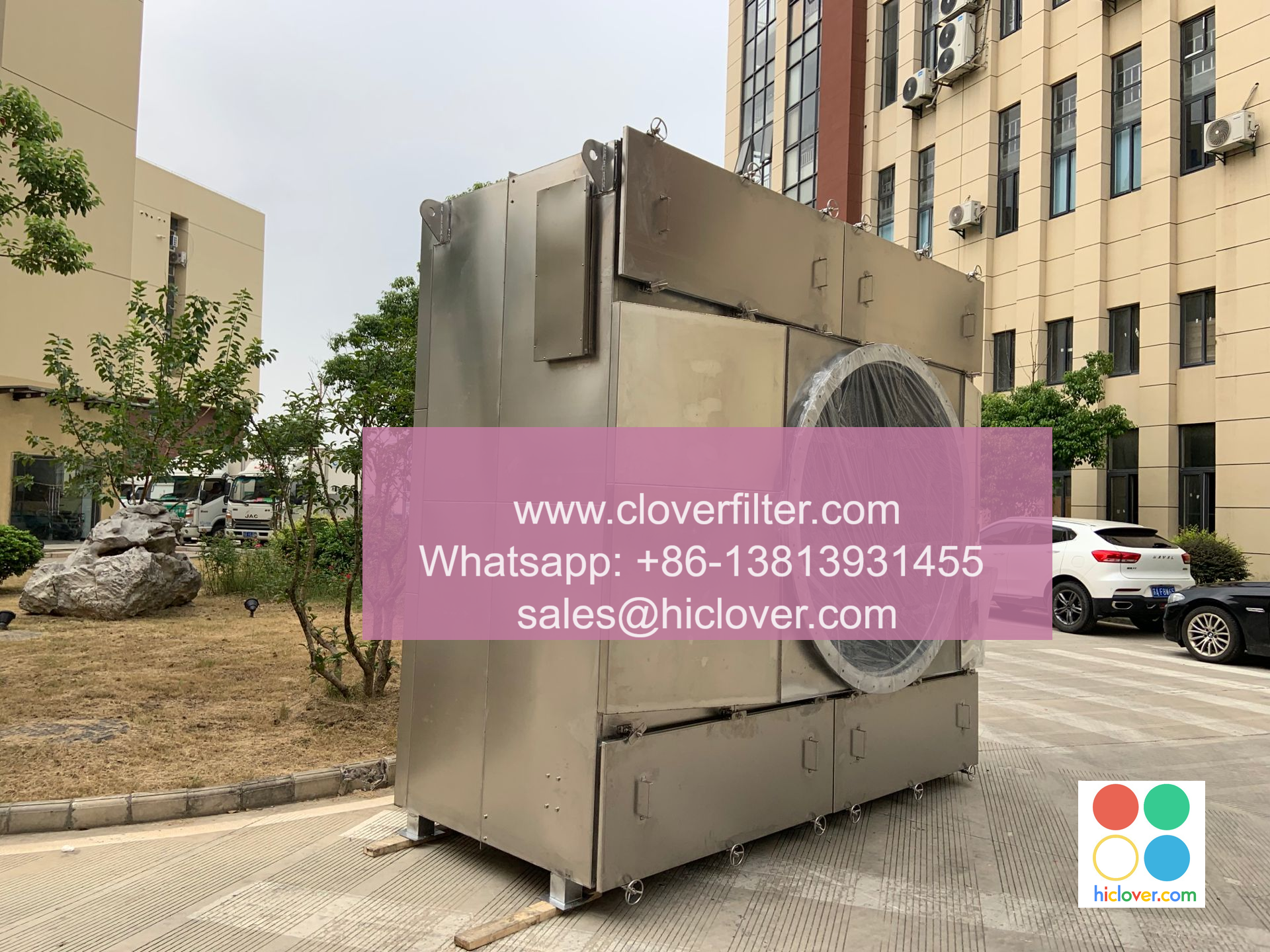Cleanroom Air Quality: The Impact of Automatic Roll Air Filters on BC Facilities

Cleanroom air quality is a critical factor in the operation of biological containment (BC) facilities, where the goal is to prevent the release of potentially hazardous microorganisms into the environment. One key component in maintaining cleanroom air quality is the use of high-efficiency air filters, such as automatic roll air filters. These filters play a crucial role in removing airborne contaminants, including dust, bacteria, and other microorganisms, from the air. In this article, we will explore the impact of automatic roll air filters on BC facilities and the importance of maintaining cleanroom air quality.
BC facilities are designed to handle and contain biological agents that may pose a risk to human health and the environment. These facilities are typically used for research, development, and production of biological products, such as vaccines and medicines. The air quality in these facilities is critical, as it can affect not only the safety of the personnel working in the facility but also the integrity of the products being produced. Automatic roll air filters are an essential component in maintaining cleanroom air quality in BC facilities, as they provide a high level of filtration efficiency and can be easily replaced or upgraded as needed.
The use of automatic roll air filters in BC facilities offers several benefits. Firstly, they provide a high level of filtration efficiency, typically greater than 99.97%, which is essential for removing airborne contaminants, including bacteria and other microorganisms. Secondly, they are designed to be compact and space-efficient, making them ideal for use in cleanrooms where space is limited. Finally, they are relatively low maintenance, as they can be easily replaced or upgraded as needed, reducing the risk of contamination and downtime.
In addition to the benefits mentioned above, automatic roll air filters also play a critical role in preventing the release of potentially hazardous microorganisms into the environment. By removing airborne contaminants from the air, these filters help to prevent the spread of diseases and reduce the risk of contamination. This is particularly important in BC facilities, where the handling and containment of biological agents are a major concern.
Another important aspect of cleanroom air quality is the control of airflow and pressure. In BC facilities, the airflow and pressure must be carefully controlled to prevent the release of contaminants into the environment. Automatic roll air filters can be designed to work in conjunction with other cleanroom systems, such as heating, ventilation, and air conditioning (HVAC) systems, to maintain a consistent airflow and pressure. This helps to prevent the introduction of contaminants into the cleanroom and reduces the risk of contamination.
In order to ensure that automatic roll air filters are functioning correctly and maintaining cleanroom air quality, regular maintenance and testing are essential. This includes checking the filter’s efficiency and replacing it as needed, as well as verifying that the airflow and pressure in the cleanroom are within the acceptable range. Regular maintenance and testing can help to identify potential problems before they become major issues, reducing the risk of contamination and downtime.
Furthermore, the use of automatic roll air filters in BC facilities is often subject to strict regulations and guidelines. For example, the Centers for Disease Control and Prevention (CDC) and the National Institutes of Health (NIH) provide guidelines for the design, construction, and operation of BC facilities, including the use of air filters. Compliance with these regulations is essential to ensure that BC facilities are operating safely and effectively.
In conclusion, cleanroom air quality is a critical factor in the operation of BC facilities, and automatic roll air filters play a crucial role in maintaining this quality. By providing a high level of filtration efficiency, these filters help to remove airborne contaminants from the air, preventing the spread of diseases and reducing the risk of contamination. Regular maintenance and testing are essential to ensure that these filters are functioning correctly, and compliance with strict regulations and guidelines is necessary to ensure that BC facilities are operating safely and effectively.
Conclusion: The use of automatic roll air filters in BC facilities is essential for maintaining cleanroom air quality and preventing the release of potentially hazardous microorganisms into the environment. By providing a high level of filtration efficiency and being relatively low maintenance, these filters play a critical role in the safe and effective operation of BC facilities.
Frequently Asked Questions (FAQs)
Q: What is the purpose of automatic roll air filters in BC facilities?
A: The purpose of automatic roll air filters in BC facilities is to remove airborne contaminants, including bacteria and other microorganisms, from the air, preventing the spread of diseases and reducing the risk of contamination.
Q: What is the typical filtration efficiency of automatic roll air filters?
A: The typical filtration efficiency of automatic roll air filters is greater than 99.97%.
Q: How often should automatic roll air filters be replaced or upgraded?
A: Automatic roll air filters should be replaced or upgraded as needed, typically every 1-2 years, depending on the usage and operating conditions.
Q: What are the benefits of using automatic roll air filters in BC facilities?
A: The benefits of using automatic roll air filters in BC facilities include high filtration efficiency, compact and space-efficient design, and relatively low maintenance.
Q: Are there any regulations or guidelines for the use of automatic roll air filters in BC facilities?
A: Yes, there are strict regulations and guidelines for the use of automatic roll air filters in BC facilities, including those provided by the Centers for Disease Control and Prevention (CDC) and the National Institutes of Health (NIH).

